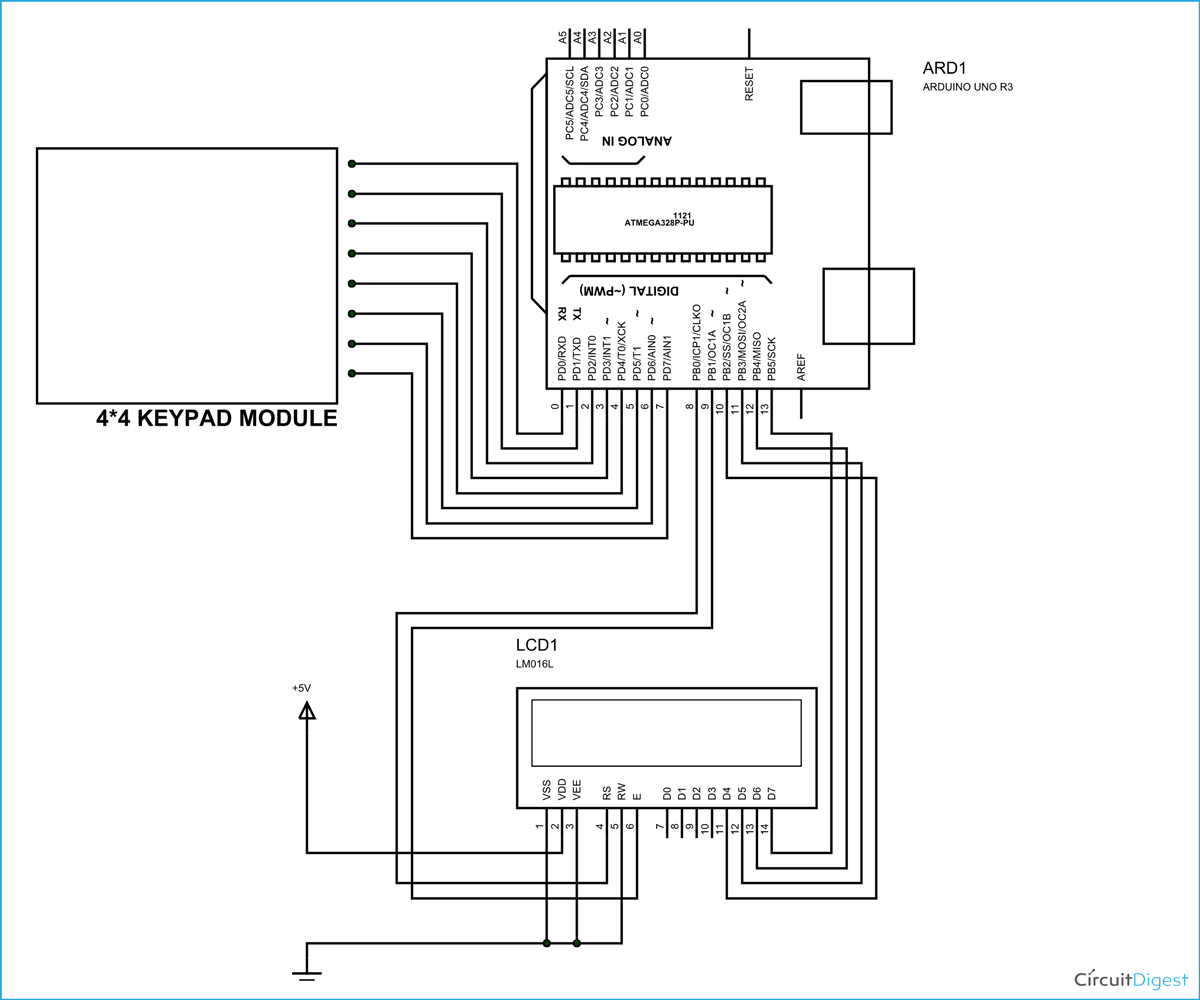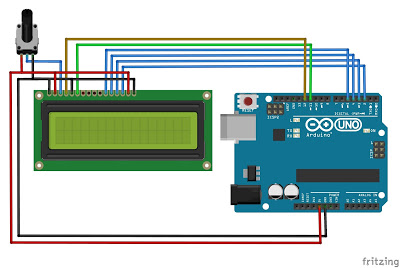
- #Dfrobot lcd keypad layout how to
- #Dfrobot lcd keypad layout software
- #Dfrobot lcd keypad layout code
- #Dfrobot lcd keypad layout license
#include //MenuBackend library – copyright by Alexander Brevig
#Dfrobot lcd keypad layout code
IMPORTANT: to use the menubackend library by Alexander Brevig download it at and add the next code at line 195
#Dfrobot lcd keypad layout license
You should have received a copy of the GNU General Public License GNU General Public License for more details. MERCHANTABILITY or FITNESS FOR A PARTICULAR PURPOSE. This program is distributed in the hope that it will be useful,īut WITHOUT ANY WARRANTY without even the implied warranty of
#Dfrobot lcd keypad layout software
The Free Software Foundation, either version 3 of the License, or It under the terms of the GNU General Public License as published by I think this type of structure although very simple may be useful in many situations to manage menu and LCD display with Arduino, and ican be used as a basis for other modifications.Ĭopyright Giuseppe Di Cillo (Contact: program is free software: you can redistribute it and/or modify

Update: As noted by Liudr for safety reasons is better to use a very old 40 wires calble instead of the 80 wires cable used by me in these pictures. To connect the LCD display to the Arduino I first soldered two 6-pin strips male on the proto pcb and then, thanks to the an idea given to me by Emanuel in the comments of another post, I used an old parallel cable for IDE hard disks. The other end of the buttons is connected to the Arduino 5V. The 4 buttons are connected to four input pins of the Arduino, which also are connected to the ground through 10K resistors. There are 12 of the 16-pin LCD display connected to the Arduino board: 6 are input pins, 2 power pins, 2are used to power the interior light ,1 to enable writing ( it is connected to ground )and 1 to adjust the contrast ( even is connected to the this ground to have always the maximum contrast). Optionally, to facilitate connections you can use a card for prototypes (protoshield).

Arduino compatible (should well be fine the old Arduino Diecimila).To navigate the menus I used 4 buttons (Left, Right, Esc and Enter).įor this project you need the following components: This could be used to change the status of your application, but in this case I simply print to LCD the phrase “You used” followed by the name of the used menu item.

In addition another event is triggered when an item is selected by the method “use”. MenuBackend triggers an event whenever the current menu item changes and so I used to “print”on the LCD display the current menu item. Item1SubItem1-–Item1SubItem2 Item2SubItem1-Item2SubItem2-Item2SubItem3 In my example I created a structure like this. To browse an item other intuitive methods are used such as moveLeft, MoveRight, moveUp and moveDown. You can create the menu structure using such methods as addRight, addLeft, Add and AddBefore to add the entries to the right, left, below or above other menu items.

The MenuBackend library allows to manage a very flexible menu. In my sketch I then imported and the Menubackend library and the LiquidCrystal library which is included in the Arduino IDE. I needed this method to be able to return easily to the root of the menu. I downloaded the Alexander Brevig Library version 1.4 and I slightly modified it adding, at line 195 of the MenuBackend.h file , immediately before the line “private:”, this method: However, thanks to Alexander Brevig Menubackend library I managed to create the menu I wanted.
#Dfrobot lcd keypad layout how to
Working on my MIDI ribbon controller I needed to implement a menu to easily configure several parameters, but I found information on how to handle a menu, how to manage an LCD display, but very poor info on how to combine the two things.


 0 kommentar(er)
0 kommentar(er)
